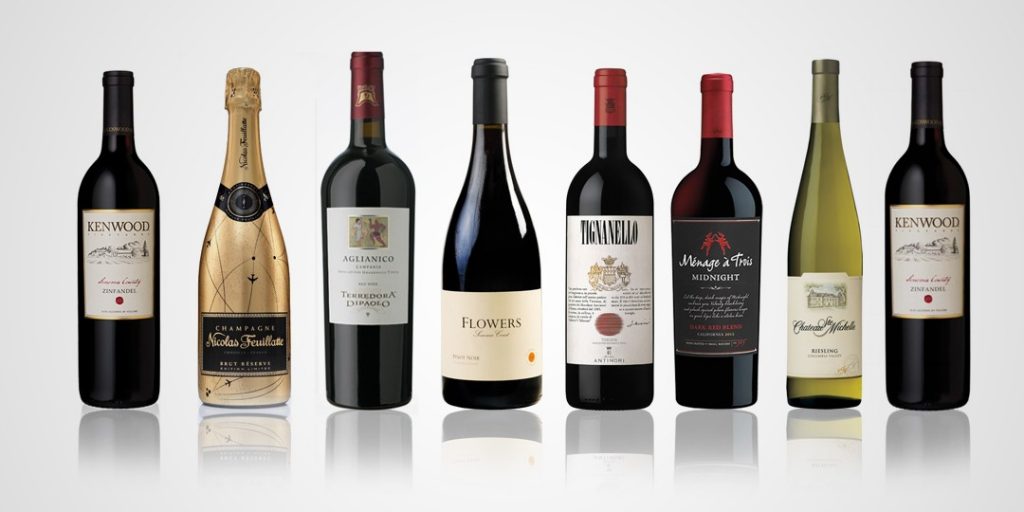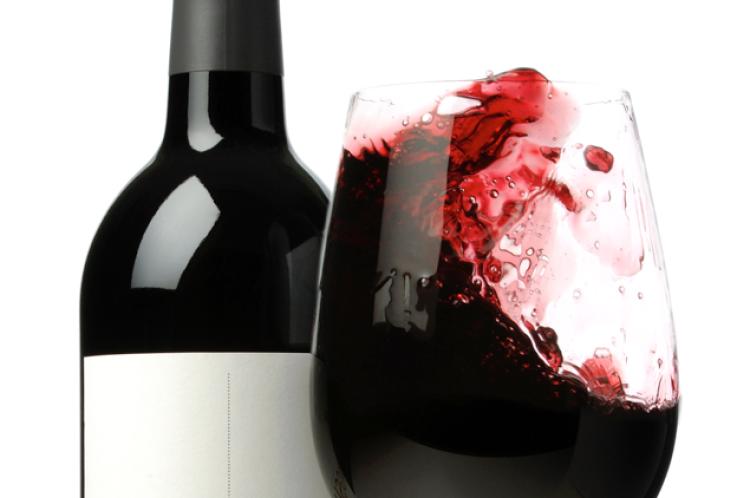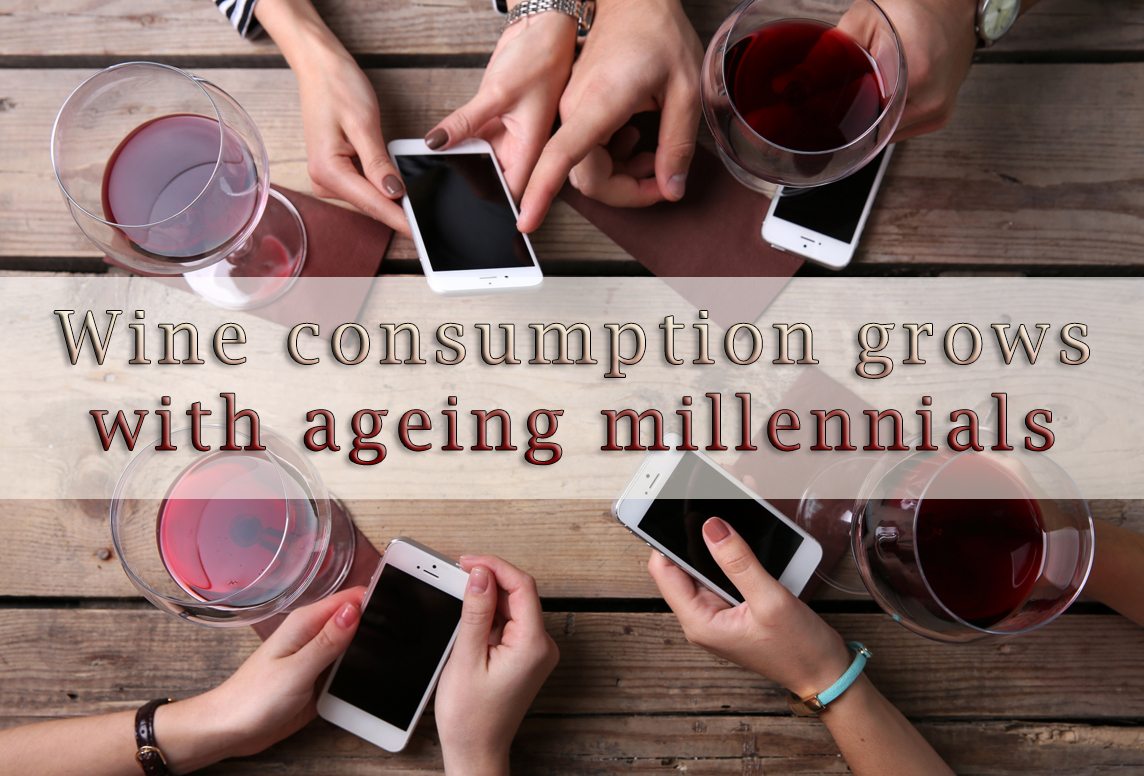With more expensive imported premium products and improved margins, industry profits are predicted to grow at 8pc compound annual growth to 200 billion yuan by 2025
As the older generation lives longer, and as people’s health awareness increases, more wine is expected to be consumed in China, according to a new report from Goldman Sachs and Gao Hua Securities.
Current wine consumption is skewed towards younger drinkers, but that market should expand as the millennial population grows older, as has already been seen in developed nations.

They predict total consumption volume of grape-based wine, rather than rice wine, in China will increase at a compound annual growth rate of about 6 per cent over the next decade as a result, with the former considered the healthier tipple by among millennials.
The report expects China’s alcohol industry to be worth some 1,300 billion yuan (US$192 billion) by 2025, a 5 per cent compound annual growth from 2016, mainly driven by rising average prices.
And thanks to the move towards more expensive premium products and improved margins, the report suggests wine industry profits to outgrow white spirits, at an 8 per cent compound annual growth to 200 billion yuan by the same year.

The report underlined how Chinese alcohol preference is very much related to age group.
Elderly drinkers in China are still traditionalists, opting for Chinese white spirits, or baijiu liquor which is made from grain, while young people are turning their attention to Western wine and spirit brands, particularly wine.
Just over half (53 per cent) of frequent consumers of Chinese white spirits are now 45-years-old or above, compared with 30 per cent for beer, and 27 per cent for wine.
“We expect wine industry profits to grow relatively slower compared with beer and spirits on
tougher competition and pricing pressure,” according to the report.
But it expects consumption volumes to grow faster for wine than the other two, up 72 per cent from 2016 to 2025.
The report expects, too, imported wine brands to take more market share, as domestic Chinese labels have failed as yet to take share from more recognised and established international vineyards, which have stronger brand image and are considered higher quality.
“Future wine industry revenue growth in China will be mainly driven by imported wine, a 145 per cent rise from 2016 to 2025, as they work harder on branding to ensure they convince buyers of their higher quality. That will be helped too by lower import tariffs,” the report added. “Imported wine revenue share will increase from 40 per cent in 2016 to 63 per cent by 2025.”
The report expects the Chinese population aged over 55 in 2025 will be a quarter larger than in 2015.




